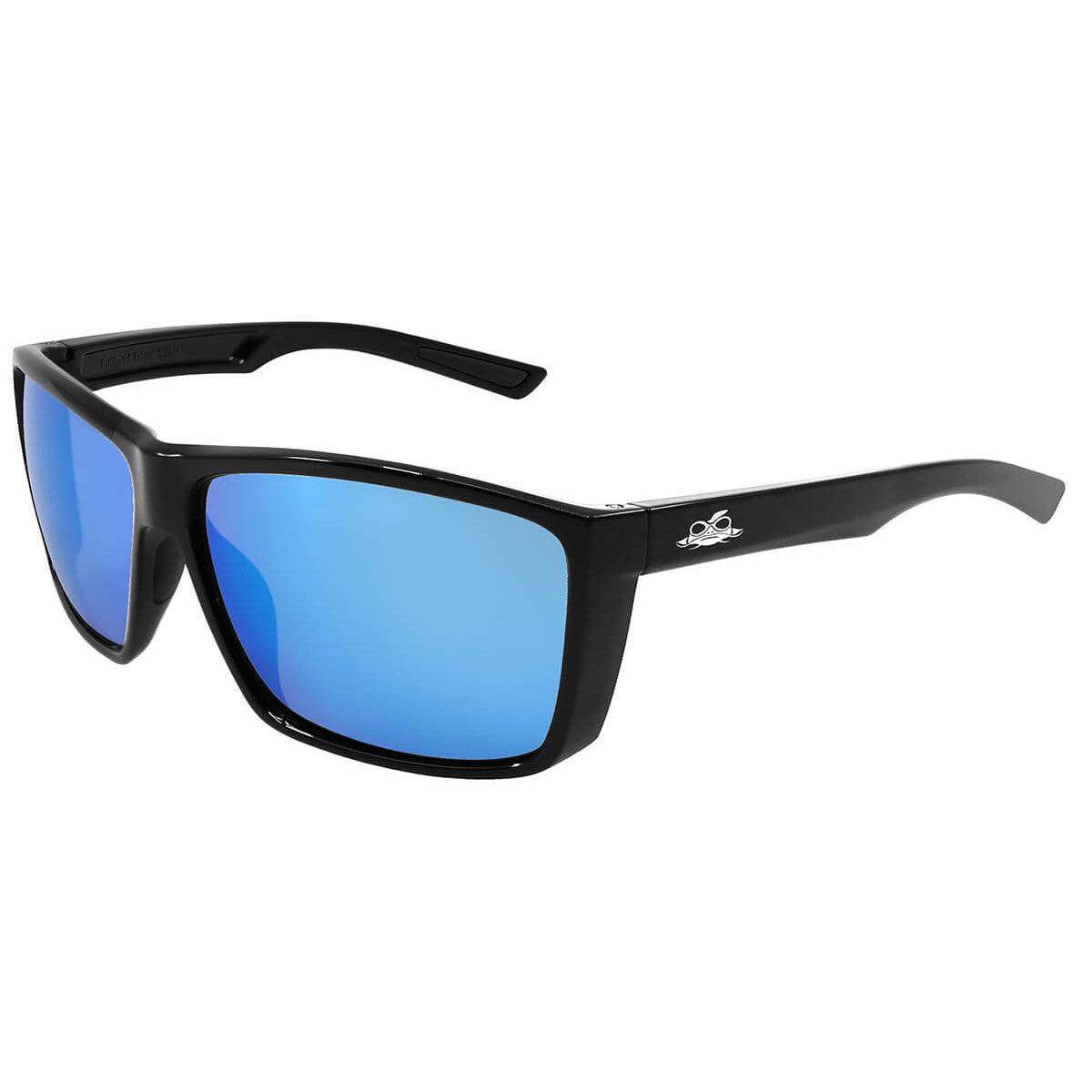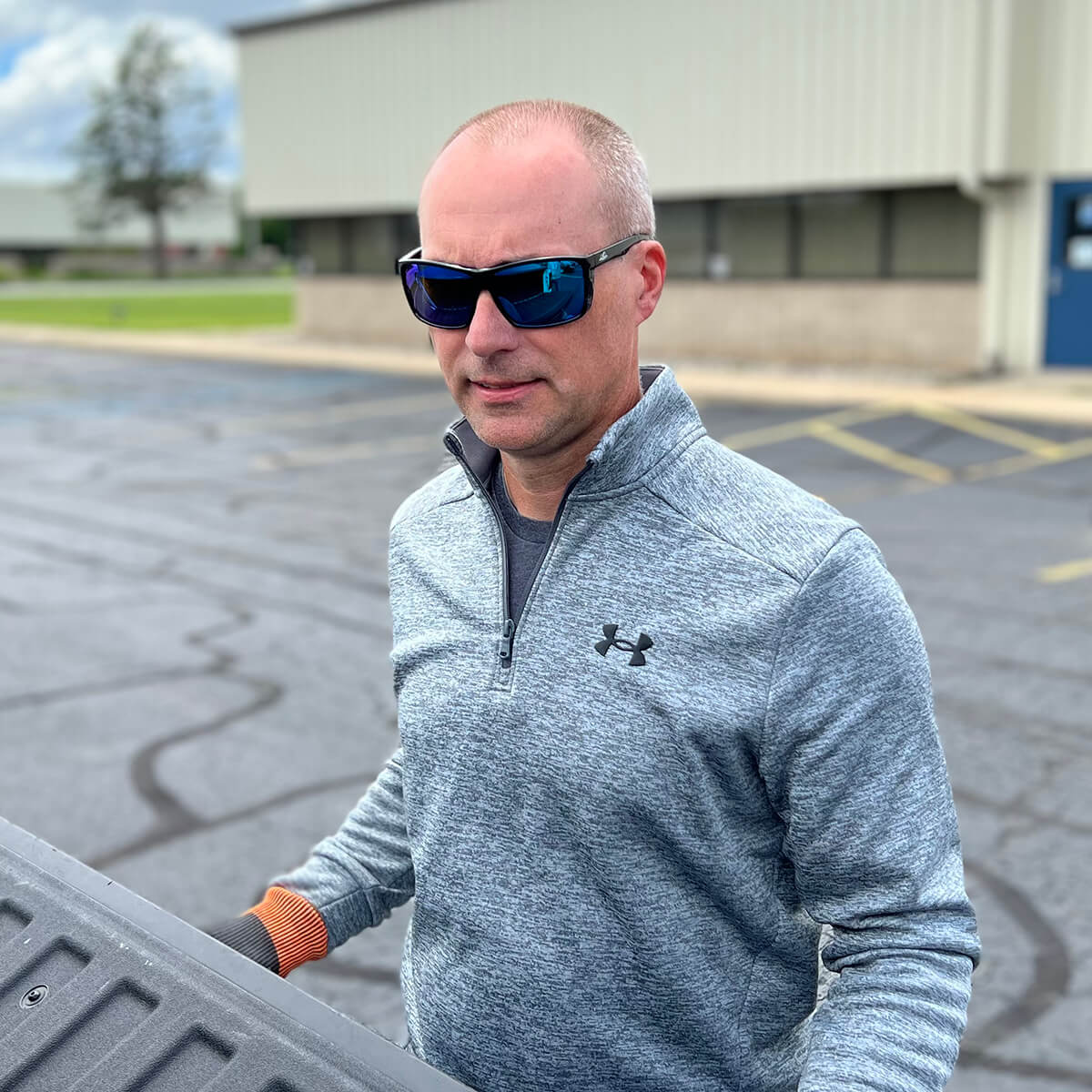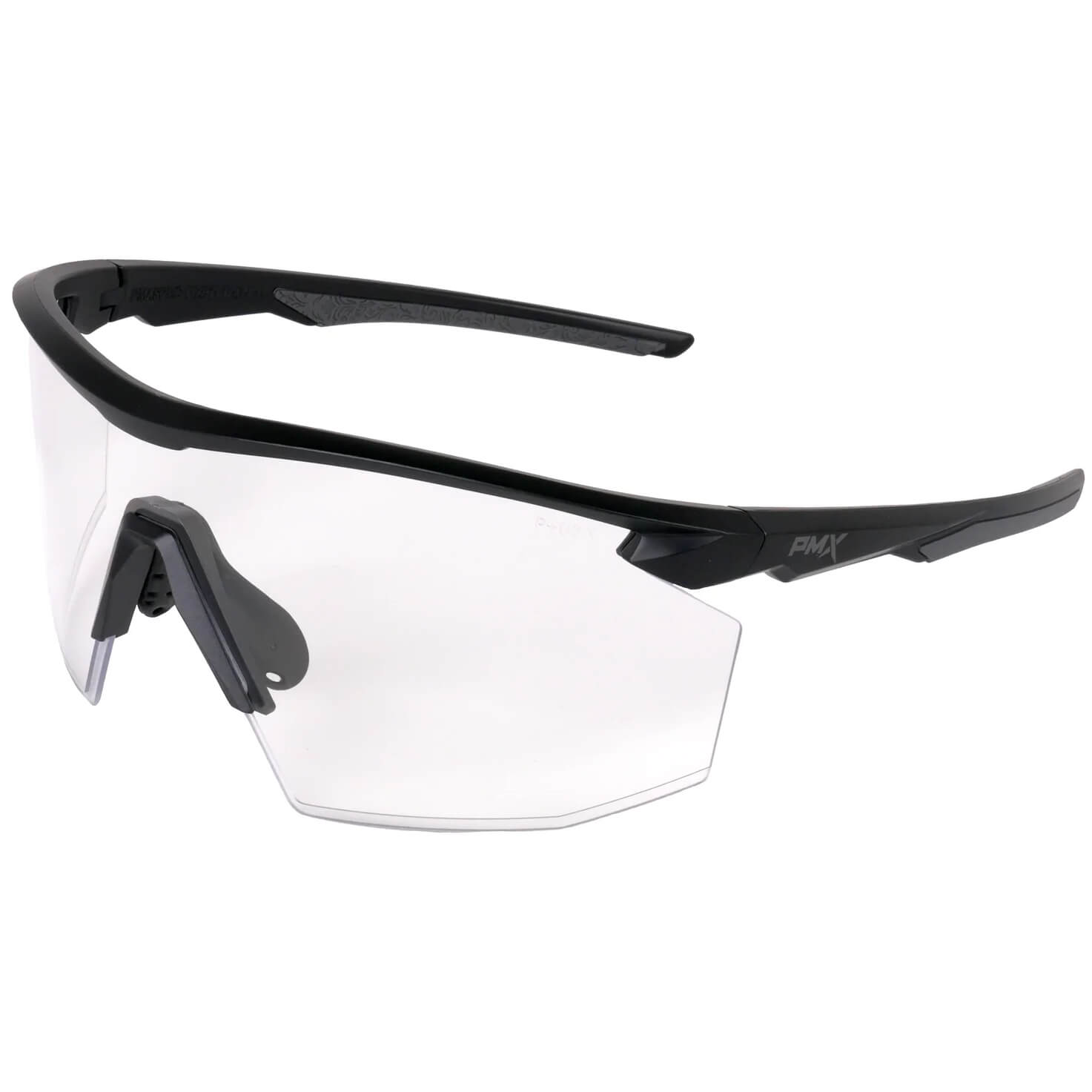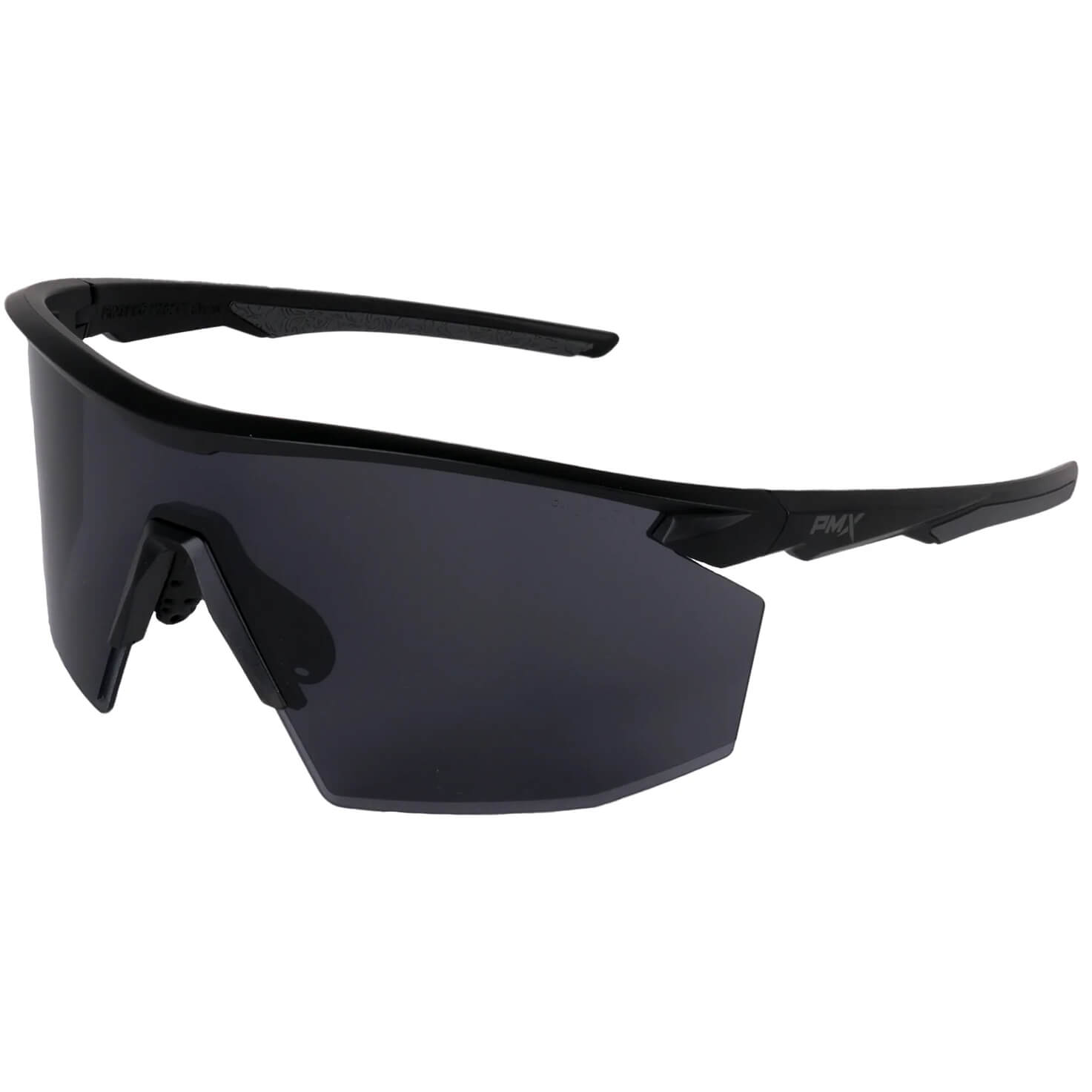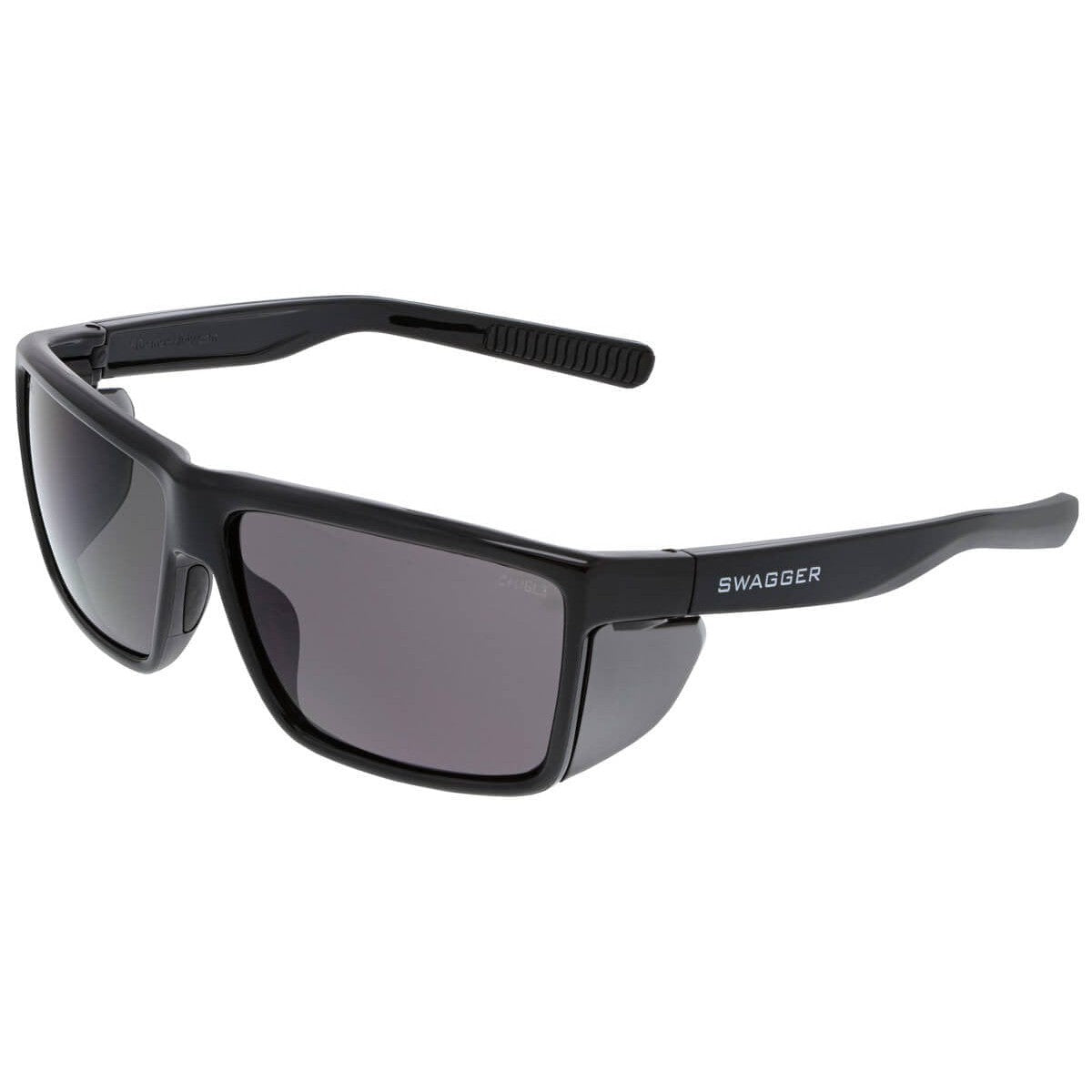Hard hats are one of the most essential pieces of safety gear used on many job sites and industrial facilities. This is because they protect a vital part of your body, the brain. Hard hats are made from various tough materials to provide the necessary level of protection. However, they don't last forever; eventually, you'll need to replace your hard hat. In fact, OSHA recommends you inspect your hard hat and its suspension components for damage before every use.
Tips on when to replace your hard hat:
- If your current hard hat has been impacted or damaged in any way, remove it from service immediately. Even a small crack, dent, or scuff can reduce the amount of protection your hard hat provides.
- It no longer fits properly. If you have to adjust it constantly or it feels too loose, it will not offer adequate protection in the event of an accident.
- The shell is faded, chalky, or cracked from UV exposure. Hard hats should be replaced every five years to ensure that they are still providing adequate protection from the sun's harmful rays.
- It is more than seven years old. Even if your hard hat has never been damaged and still fits correctly, the construction material can degrade over time, reducing its protective properties.
- If the suspension straps are frayed or damaged, remove and replace them with a new suspension assembly. Check the plastic attachment clips to ensure that they aren't damaged too. Make sure you use original manufacturer suspensions. Hard hats are tested and certified with their specific suspensions. Using the wrong suspension will void the certification and could prove dangerous.
Do hard hats expire?
Yes, but it's not an exact science. Most manufacturers provide recommendations on helmet and suspension life expectancies. For example, Pyramex hard hat shells should not be used for more than five years, and their suspensions should be replaced after 12 months. Both are the maximum time frame for replacement, calculated from the date of the first usage.
The manufacturing date is typically imprinted or molded onto the hard hat shell, usually on the underside of the brim. The suspension will also be inscribed with the month and year of manufacture and the headband size. Remember that even a good hard hat should be replaced after its recommended replacement period has elapsed.
Depending on the environment, application, and use, the shell might need replacing as often as every two years. Many safety managers recommend that hard hats be replaced annually to ensure that employees are always protected.
Proper care and use of hard hats
To extend the life of your hard hat, avoid exposing it to extreme heat or cold as this can damage the hard hat's shell. When not in use, store your hard hat in a cool, dry place and out of direct sunlight. Do not leave it in the back window of your car or on a job site where it could be exposed to the elements.
Be sure to follow any specific instructions from the manufacturer on how to care for and clean your hard hat. Some manufacturers recommend using only mild soap and water, while others sell special cleaners for hard hats. Avoid using harsh chemicals or solvents as these can damage the shell.
In summary
Inspect your hard hat regularly, paying close attention to the suspension and attachment points. If you notice any damage, replace the affected parts immediately. Never attempt to repair a damaged hard hat yourself - always replace your hard hat with a new one.
Following these simple tips ensures that your hard hat will provide years of protection on the job. Remember, your brain is a vital organ - don't take chances with its safety! If you are unsure whether or not your hard hat needs to be replaced, err on the side of caution and get a new one. It is better to be safe than sorry.
Please visit our website to shop our wide selection of hard hats or learn about the basics in our Hard Hats 101 post.



